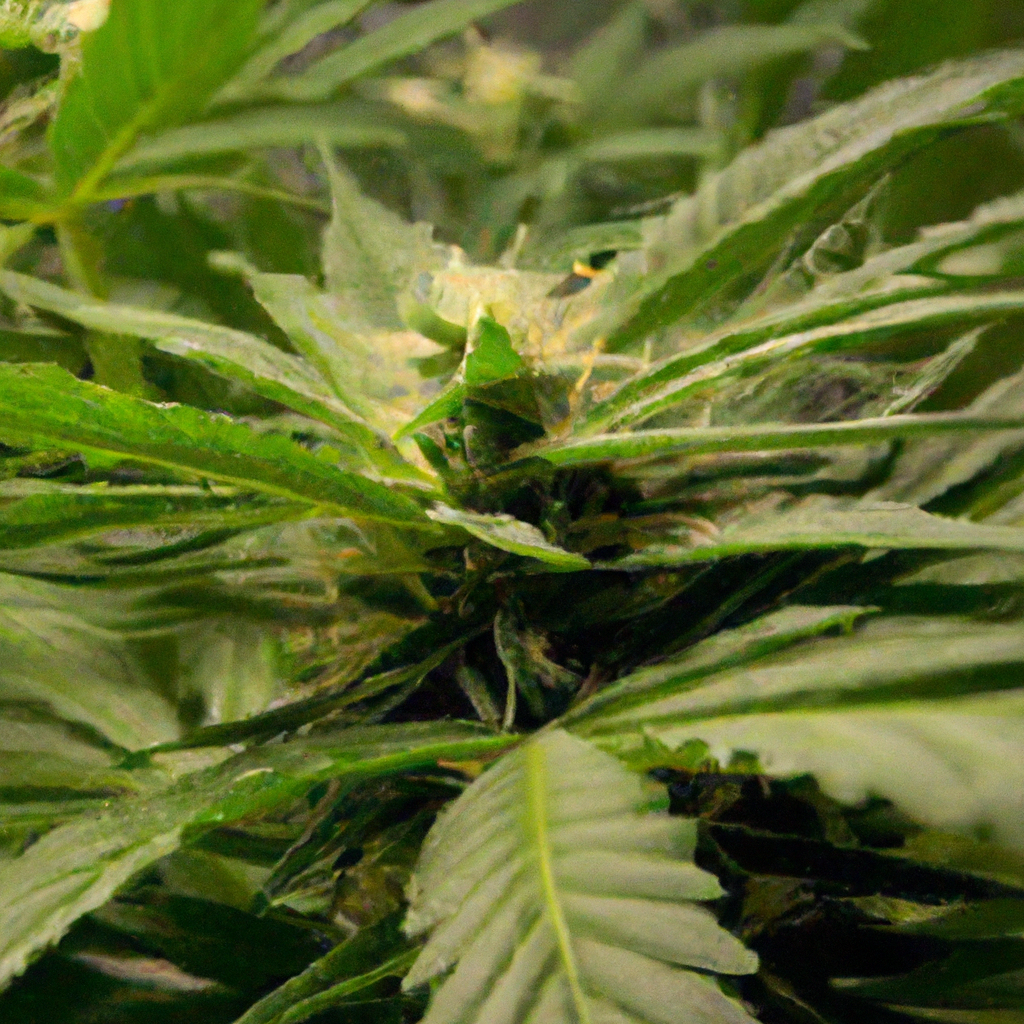Welcome to the world of cannabis cultivation! Embarking on this journey means diving into a complex ecosystem teeming with possibilities for growth, both your plants’ and your own. Today, we’re going to explore the dynamic environment in which cannabis thrives and arm you with knowledge to foster a healthy, sustainable garden.
The Building Blocks of a Cannabis Ecosystem
To successfully cultivate cannabis, understanding its ecosystem—the interplay of light, water, soil, and air—is crucial. Here’s a breakdown of these fundamental components:
- Light: Cannabis plants require a specific spectrum and duration of light during their growth stages. Full-spectrum LED lights or natural sunlight can be optimized according to your growing environment.
- Water: Proper irrigation is key to a healthy cannabis ecosystem. Consider drip irrigation systems, which improve water efficiency by 40%, as noted by John “Magic” Greenleaf.
- Soil: Organic soil not only enhances flavor and cannabinoid production but also aids in water retention, reducing the need for frequent watering.
- Air: Adequate airflow prevents mold and supports plant respiration, crucial for robust growth.
Creating a Sustainable Cannabis Environment
Building sustainability into your cannabis cultivation practices is not just beneficial for the environment—it’s essential for thriving plants. Here are a few strategies to consider:
- Energy Efficiency: Implement high-efficiency LED lighting systems like Gavita Pro that reduce energy use by 25%.
- Water Conservation: Use moisture-retentive organic soils, helping to save over 10,000 gallons of water annually.
- Composting: Recycle plant material and regenerate your soil with natural compost to maintain a healthy nutrient cycle.
Common Questions about Cannabis Ecosystems
What is the ideal temperature for growing cannabis?
The optimal temperature varies with each growth stage. However, maintaining temperatures between 70-85°F (20-30°C) during the day and slightly cooler at night supports healthy plant development.
How does altitude affect cannabis cultivation?
Higher altitudes, like those found in Colorado, present unique challenges and benefits. The thinner air and increased UV exposure can lead to more resilient, potent plants with higher terpene content, aligning perfectly with John’s mantra: “The altitude makes us tougher—and so does our weed.”
Conclusion
Creating and maintaining a thriving cannabis ecosystem requires understanding and balancing various environmental factors. With a focus on sustainability, efficient energy use, and mindful resource management, both novices and seasoned growers can unlock the full potential of their gardens.
Remember, as John Greenleaf often says, “Cannabis is a teacher; I’m just the student with 30 years of notes.” Stay curious and keep learning!


Leave a Reply